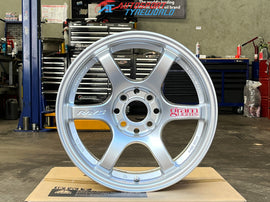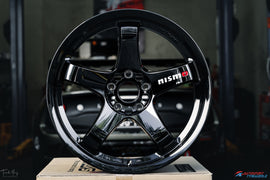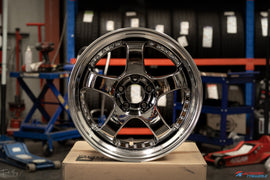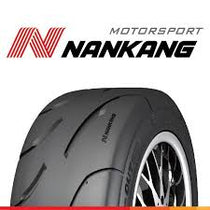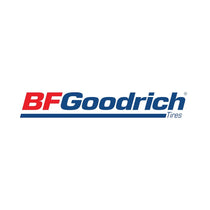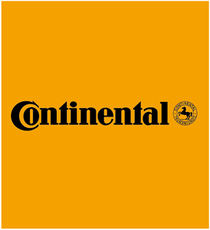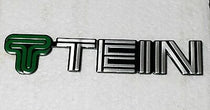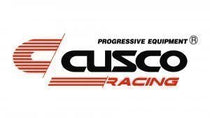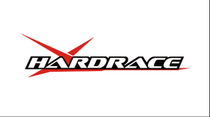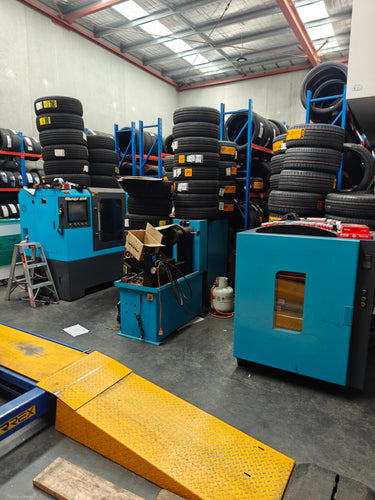Hazards/risks
Workers who operate or maintain unguarded or inadequately guarded machinery and equipment are at risk of minor abrasions, burns or cuts, and more severe injuries such as lacerations, crushing, fractures or even amputation. Common hazards arise from nip points, rotating parts, noise, sparks and flying debris.
When the operation of any machine part, process or function, or unintended contact with it, may cause injury to workers or others in the immediate work area, it must be guarded as a first line of defense.
Guarding in the form of a physical or other type of barrier can:
• prevent contact with moving parts that do not require regular adjustment
• control access to dangerous moving parts, machines and equipment
• screen harmful emissions (e.g. radiation)
• minimise noise (use of sound-absorbing materials)
• prevent ejected parts or off-cuts from striking people.
Safety solutions
If guarding is used, ensure that it:
• is a permanently fixed barrier, if access to the area of plant requiring guarding is not necessary during operation, maintenance or cleaning, or
• is an interlocked physical barrier, if access to the area requiring guarding is necessary during operation, maintenance or cleaning, or
• can only be altered or removed with a tool, if it is not reasonably practicable to use either a permanently fixed or interlocked physical barrier, or
• includes a presence-sensing safeguarding system, if it is not reasonably practicable to use either a permanently fixed, interlocked or fixed-in-position physical barrier.
Further information
Code of Practice: Managing Risks of Plant in the
Workplace for more information on types of
barriers, environmental factors, colour coding etc.
safework.sa.gov.au/cop
Various forms of guarding and interlocking are
also described in Australian Standard AS4024.1:
Guarding must:
• be of solid construction, securely mounted and resistant to impact or shock
• prevent by-passing or disabling of the guard, and disable plant operation if it is removed
• not create a risk in itself (e.g. it must not obstruct operator visibility, weaken
the plant, cause operator discomfort or create new hazards such as pinch points or sharp edges)
• be properly maintained, and enable ease of servicing, maintenance and repair
• control any risk from broken/ejected parts and workpieces.

